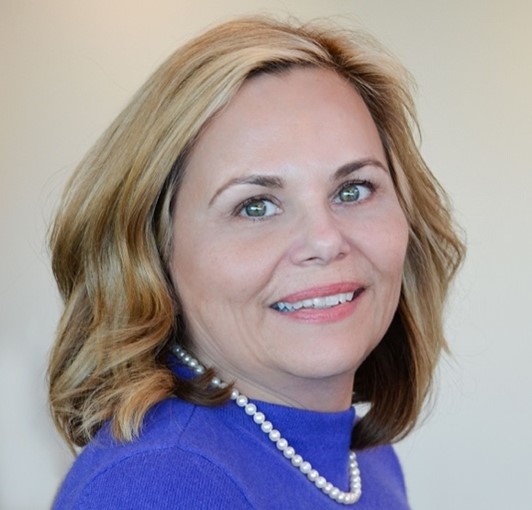Message from AVHAP Treasurer

The Future of Healthcare
I recently attended the National Academies of Practice (NAP) annual conference where I was inducted as a professional member. It was a humbling experience, and I’m grateful to be part of the 2025 class. However, the true value of the conference wasn’t just the induction itself but the overall tone and focus of the event.
Founded in 1981, the National Academies of Practice promotes interprofessional education, research, scholarship, practice, and public policy. The organization works to educate and inform its members and the public, fosters collaborative research opportunities, and strives to recruit, engage, and mentor its network of professionals. NAP also advocates for the importance of interprofessional practice and aims to improve healthcare and policy for everyone.
The NAP Academies include fields such as Athletic Training, Audiology, Nursing, Nutrition and Dietetics, Occupational Therapy, Optometry, Oral Health, Pharmacy, Physical Therapy, Physician, Podiatric Medicine, Psychology, Public Health, Respiratory Care, Social Work, Speech-Language Pathology, and Veterinary Medicine. The latest addition to the Academies is Public Health, which means much of the conference focused on healthcare beyond acute care settings.
A key theme was the shift toward a more holistic continuum of care and the expansion of telemedicine. In many rural areas, older adults often face significant barriers to accessing healthcare providers, leading to increased stress and anxiety within this vulnerable population. In some regions of the U.S., healthcare providers have teamed up with public libraries to offer computer access for telehealth appointments, helping bridge this gap.
Living in an area with abundant healthcare access can make it easy to forget that not all patients are so fortunate. Advocacy is critical to ensuring that all patients, regardless of where they live, have access to the care they need.
Sincerely,
Sharon Roberts, BSN, RN, PNAP, CVAHP™
Treasurer, Board of Directors
AHVAP